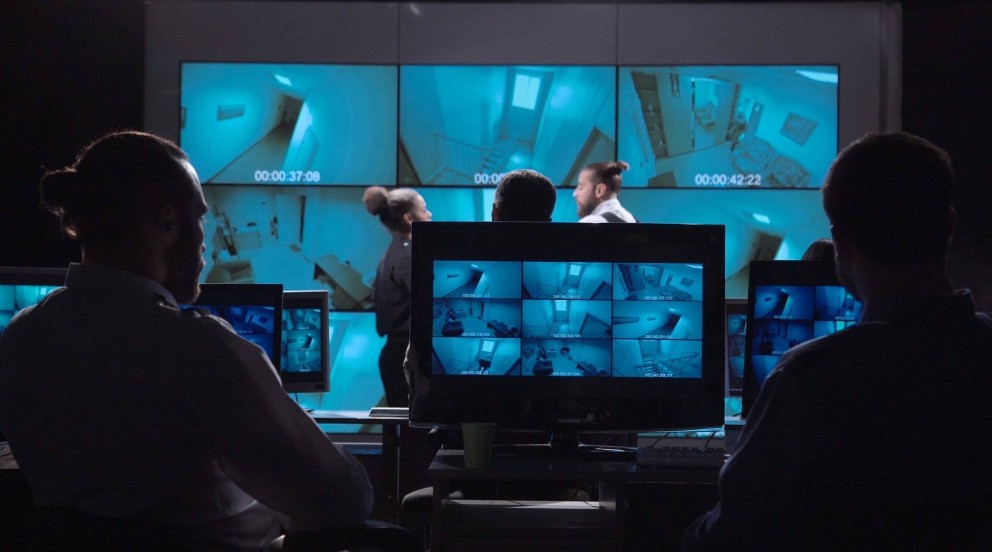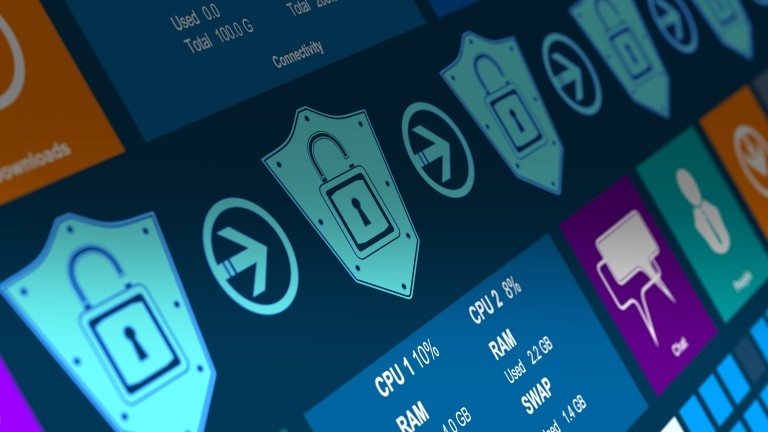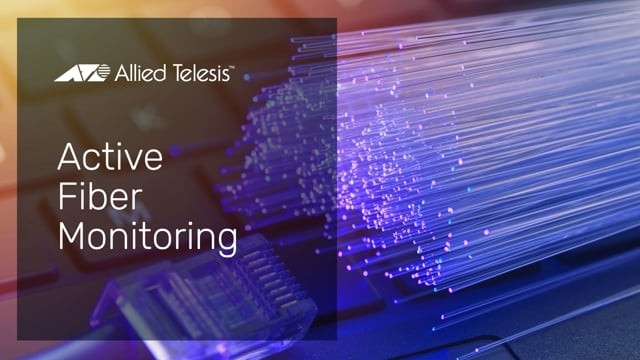
Minimizing Data Loss in IP Surveillance Networks
In a traditional IP network such as the Internet or office LAN, losing data packets is a common and recoverable event. For a video surveillance network though, even a brief outage at the wrong moment can mean failing to record the vital evidence used to identify an offender, or failing to alert security personnel to prevent a criminal act. With real-time video capture, there is no second chance—once a particular moment in time has passed, there is no going back to record it again.
One of the prime motivations for installing video surveillance systems is that they provide 24/7 coverage. So, lost data or network outages undermine the primary purpose of the system.
The goal of minimizing data loss must be the driving principle in the design of video surveillance networks. This goal can be achieved in the following five ways:
Protect the Switches
While video cameras must often be installed in exposed locations, switches shouldn’t have to be. Wherever possible, locate switches in places that are protected from environmental and human harm. Cameras can be up to 100 meters away from their associated switches, which provides plenty of scope for finding or building a secure, protected housing for switching equipment.
Implement Redundant Paths
The single most likely point of failure in a data network is the cabling. This is even more so in a network that extends over some distance, or where cabling runs along with other utilities like water, electricity, or telephone lines. Using redundant links, with either aggregated links or a ring design that follows separate paths, significantly reduces the risk of outages.
Duplicate Power Supplies
The second most likely point of failure in a data network is in the power supply in the switch itself. Within switching equipment, the power supply unit runs at the highest temperature and is statistically the most likely component to fail. In addition, power within a facility or building is also susceptible to interruption. Using switching equipment that supports dual Power Supply Units (PSUs) provides some protection. If the PSUs are hot-swappable then the recovery from a failed PSU can be performed with no interruption to service. It is also important that an Uninterruptible Power Source (UPS) be used and that separate power sources or circuits be used where they are available.
Guard Against Network Storms
Networks storms occur when a loop is introduced into a network, resulting in packets bouncing around repeatedly causing the network to grind to a halt. Correct configuration using a robust method for managing redundant paths in the network is essential. Highly reliable methods include protocols like spanning tree and loop protection. Allied Telesis has step-by-step configuration guides available to walk you through this process.
Treat Cameras with Care
This does not just mean taking physical care of the cameras, although that is also a good idea. Rather, it is important to take care not to overload the cameras’ (and other devices like access control panels) processors. To keep costs and power consumption down, video surveillance cameras use processors. The task of processing incoming image data, and pumping it out as IP data, will typically consume most of the power of a camera’s CPU. If a camera has the additional load of examining and processing unnecessary IP data coming into it off the network, then that can overload the CPU, causing deterioration of the quality of the video it's feeding into the network.


